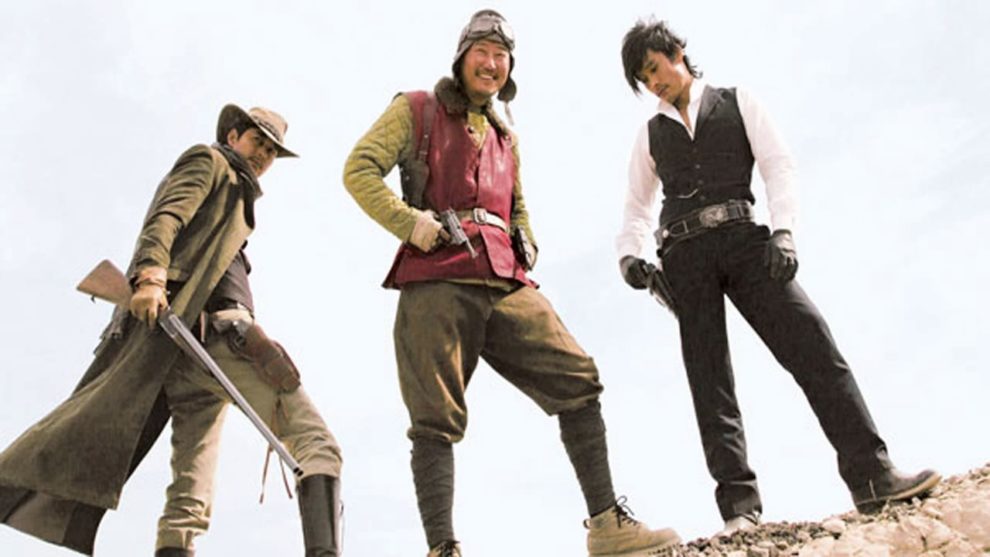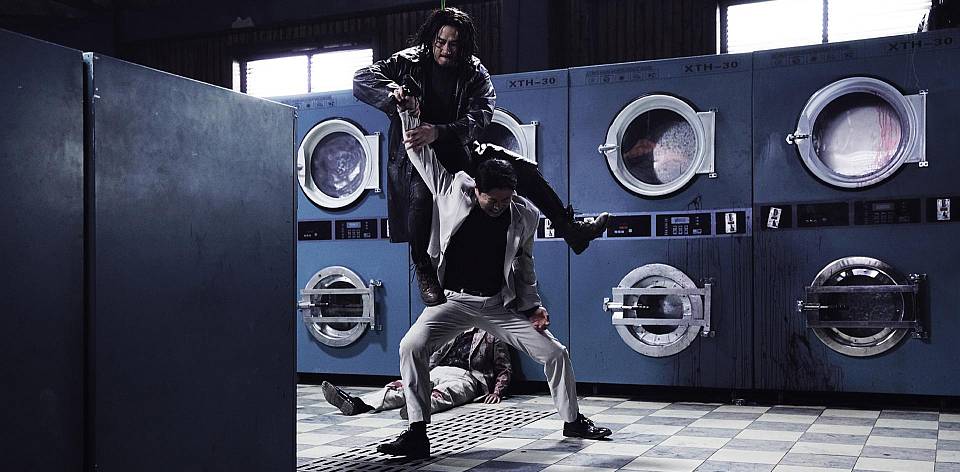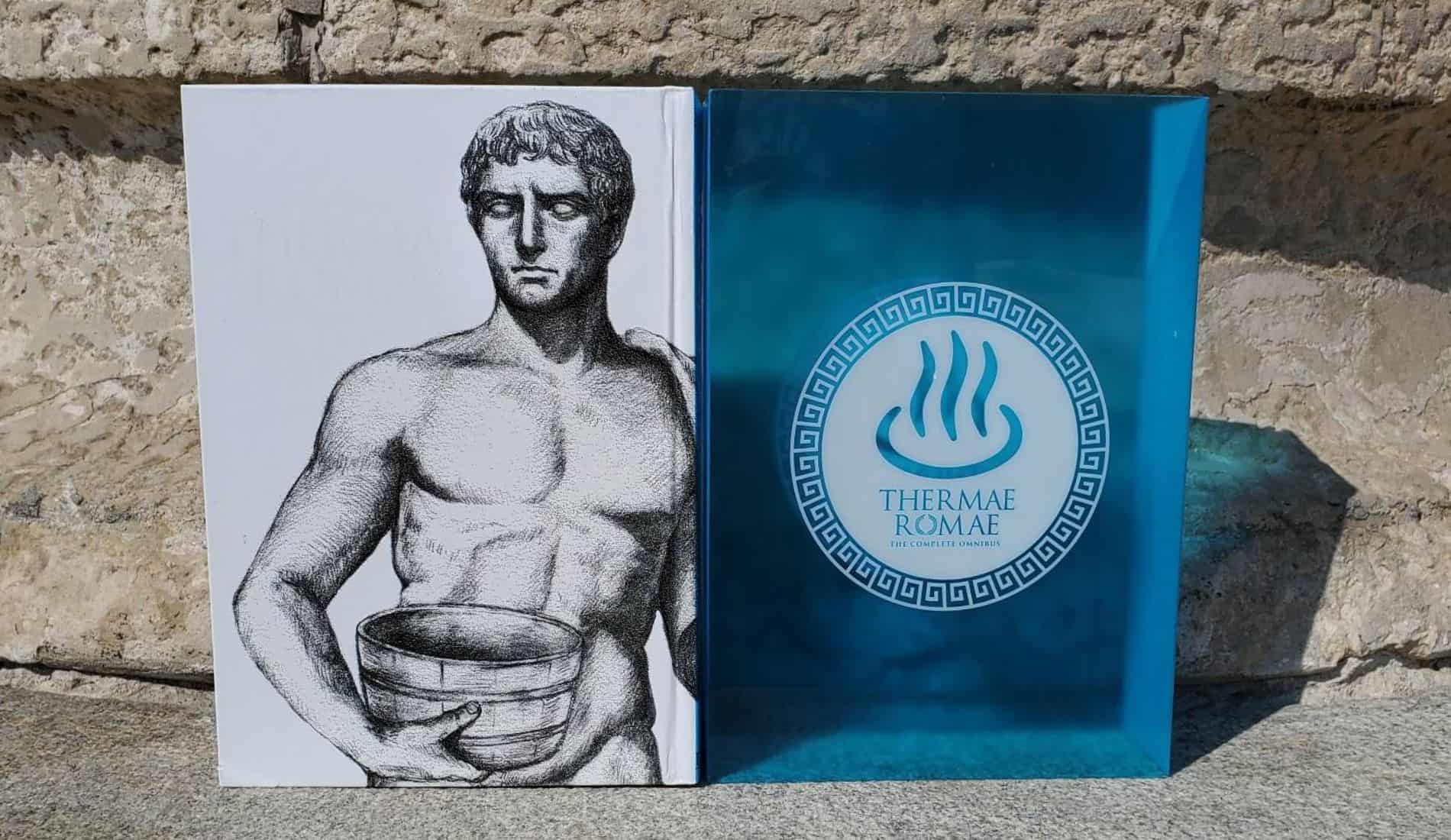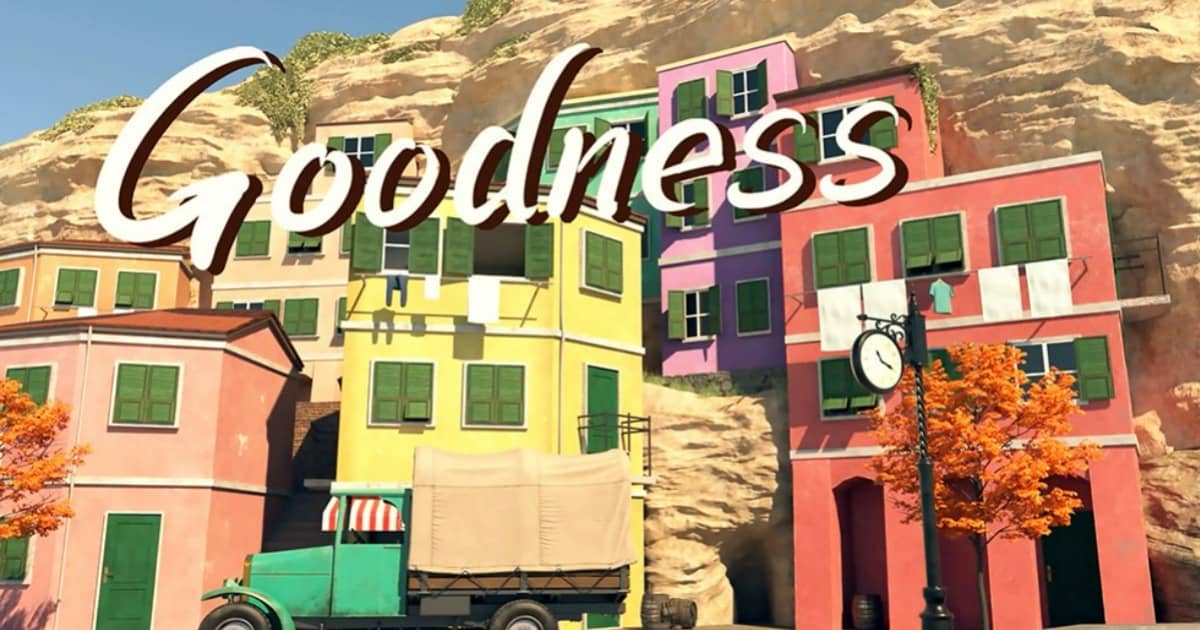In 2005 and 2010, respectively, South Korean director Kim Jee-woon released arguably his most acclaimed and long-lasting works to date: “A Bittersweet Life” and “I Saw The Devil”, two dark and bleak meditations on isolation, mortality, and the grim pointlessness of revenge. It's quite amazing, then, that sandwiched between these two hyper-violent and distressing thrillers is “The Good, The Bad, The Weird” the filmmaker's action-comedy love letter to the glorious era of the spaghetti western, and somewhat of a direct homage to, of course, Sergio Leone's “The Good, the Bad, and the Ugly”. While missing from many international “best of Korean cinema” lists, this 2008 entry in Jee-woon's oeuvre was a commercial hit, reaching the top 50 of the highest-grossing movies of all time in South Korea (44.4 million US dollars worldwide) and earning the cast and crew a whole host of nominations on the International and Asian festival circuit, as well as Jee-woon himself bagging best director at the 2008 Blue Dragon Film Awards.
Buy This Title
The film follows the story of three men during the Japanese occupation of Manchuria in 1939 who come in to conflict while trying to steal a map from a Japanese official for their own personal gain. Park Chang-yi, “The Bad”, a bandit and killer for hire who is commissioned to retrieve the map. Yoon Tae-goo, “The Weird”, is intent on collecting the map as he is convinced it leads to treasure. Park Do-won, “The Good”, a bounty hunter looking to claim the map and the highly valuable bounty on Chang-yi's head. During a shootout on a train between Chang-yi and Do-wan, Tae-goo acquires the map and makes a getaway, catching the attention of a group of Manchurian bandits on his way out. With word of treasure on everyone's tongue, and the Japanese Imperial Army also looking to retrieve the map, a hot pursuit ensues.
It's easy to be nervous about a movie that is so upfront about its intent to homage that its own title is a play on words of the movie it's inspired by. It runs the risk of overplaying its admiration and boiling over into impersonation, resulting in a cheap copycat of the original. Thankfully, in the case of “The Good, The Bad, The Weird”, Jee-woon displays a clear understanding of the definition of “homage” and balances perfectly his tributes to the spaghetti westerns of the 1960s (down to the Mexican standoff) while infusing it with his own cinematic DNA – the comedic flair of his earliest work as well as the stylish violence of his later outings – to create something that stands deeply rooted on its own.
Jee-woon's direction is brimming with life here, with the action scenes in particular being fast-paced, consistent thrill-rides that employ such a good understanding of his characters that you are always invested, excited and more often than not, laughing out loud at the Jackie Chan-esque physical gags and character moments peppered throughout each chase and shootout. Perhaps Jee-woon's crowning directorial choice in “The Good, The Bad, The Weird” is his shifting of focus from the archetypal western anti-hero, here represented by “The Good” Park Do-wan, and giving the heart of the film to Tae-goo, “The Weird”, the character in this kind of movie most typically relegated to sidekick. What makes Tae-goo such a peculiar and appealing central protagonist is that his zany recklessness never equates to idiocy, nor his slipperiness to slimy. He's the main source of comedy and slapstick in the movie, to great effect, but you always take him seriously. Whether you call it skill or dumb-luck that propels him through the movie without immediately being killed, it's not hard to believe that his gun-slinging lunacy is exactly what makes him the best in the East.
Unfortunately, at certain points the movie loses control of its own narrative and ends up suffering from convolution and an overlong runtime, with a couple of unnecessary (but not unamusing) scenes that grind all momentum to a halt. The final ten minutes also suffer from what is clearly studio insistence on a second and far more generic ending than originally intended.
Much like his contemporaries Bong Joon-ho and Park Chan-wook, Jee-woon is often faithful to his muses, and for good reason, as the acting on display here is really what makes the movie such an entertaining watch.
Jung Woo-sung takes a backseat in his performance as the cool, collected, and incredibly smug Park Do-won. While giving a fine performance, as well as enjoying one particular scene stealing action moment in the film's fantastic third act, the role itself doesn't ask for much from him, allowing him to be moderately overshadowed by his two co-stars.
Lee Byung-hun– having appeared in 4 consecutive Jee-woon movies to date – channels a charming arrogance and aloofness as Chang-yi that makes even his most cold-blooded actions in this movie so damn fun to watch. The ruthless and sadistic gang-leader is a role we've seen play out countless times, and while Byung-hun's “The Bad” doesn't break the mould in that regard, he does add a few nuances to the character that make him more than just a one-note killer.

And yet, the real driving force of the movie is the always erratic Song Kang-ho – another Jee-woon veteran (“The Quiet Family”, “The Foul King”, “The Age of Shadows”) – who's utterly off-the-wall turn as Tae-goo takes “The Good, The Bad, The Weird” into new realms of quality. His ability to find depth in the unlikeliest of roles and manifest it to the surface shines through and makes “The Weird” impossible not to root for, and Kang-ho irreplaceable as this character.
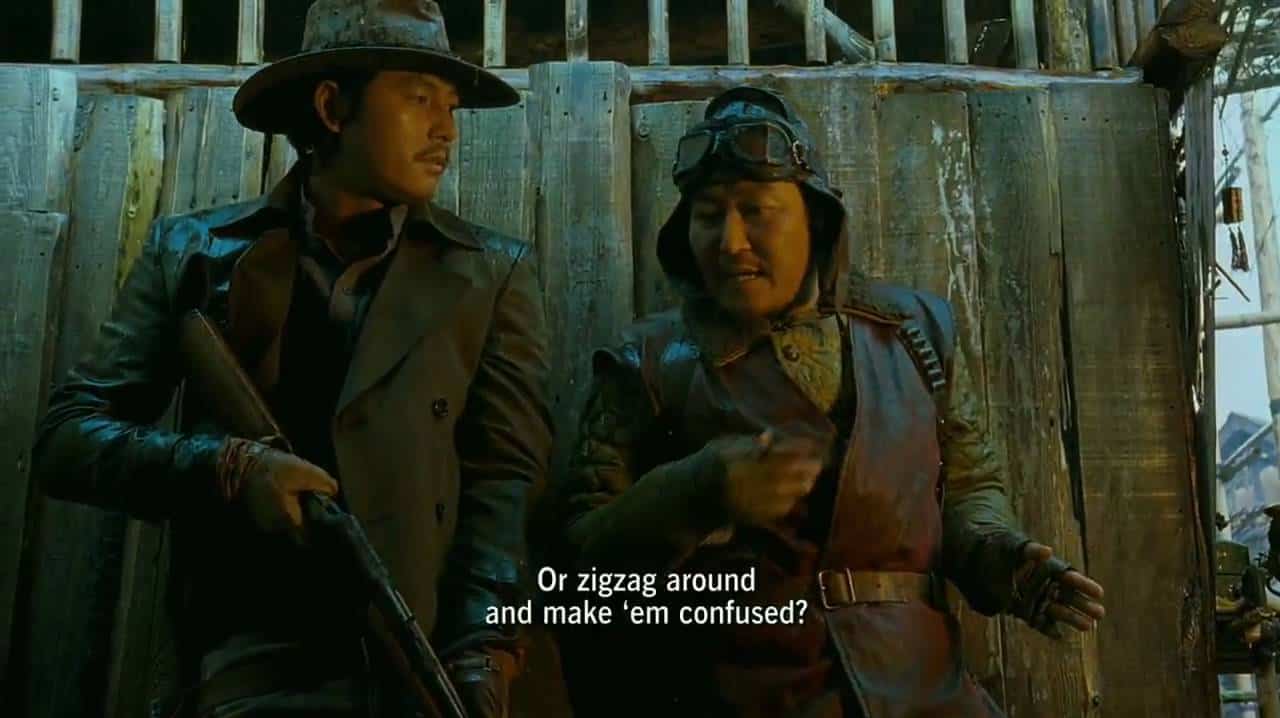
On a technical level, the art director, Cho Hwa-sung, is particularly impressive at using small nuances to emulate the authentic look of a classic spaghetti western, flattening backdrops of the Manchurian desert to call back to the nostalgic use of artifice during that era. The same can be said about Lee Mo-gae's always excellent and precise cinematography. Nam Na-yeong wonderfully slick editing also elevates the film, particularly the action scenes, just fast-paced enough for the audience to keep up with, whilst also keeping mind to the all-important moments of character and comedy amid the chaos.
Its overlong run time and slightly convoluted plot make this wacky cowboy caper less than perfect. Fortunately, the flaws that could potentially topple an inferior movie are not nearly prevalent enough here to dampen the sheer joy of seeing Tae-goo, map in hand, racing to the proverbial finish line in a Mad Max style chase, all while fighting off the combined might of the “The Good”, “The Bad”, a myriad of bandits and the Japanese army, to the tune of Santa Esmerelda's “Don't Let Me Be Misunderstood”, no less. The highs are very high, and “The Good, The Bad, The Weird” is unmissable.


